Hydrangea is without doubt a beautiful flower-bearing plant.
Key Hydrangea facts
Name – Hydrangea
Family – Hydrangeaceae
Type – shrub
Height – 3 to 6 ½ feet (1 to 2 meters)
Exposure – part sun and shade
Soil: soil with heath – Foliage: deciduous – Flowering: end of spring → fall
Easy to grow and to care for, hydrangeas are amazing all summer long with their magnificent flowers in hues from pink to blue. Moreover, it’s one of very few shrubs that thrive in full shade!
- Find our articles and pages related to hydrangea
- Another name for this shrub is Hortensia.
How to plant hydrangea correctly
Hydrangeas are best planted in fall. Heath-amended soil is mandatory for this plant, especially if your soil is otherwise chalky.
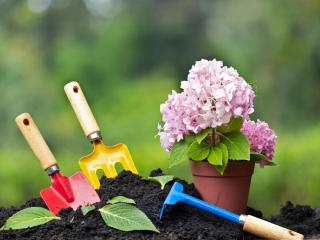
For plants that have been purchased in pots or containers, it’s possible to transplant until spring and even summer as long as both hot and cold spells are avoided.
If you are hoping to see your plants grow large and wide, plant them 30 to 40 inches (80 to 100 cm) apart.
- Check our page on the best way to plant heather plants
Indoor hydrangea
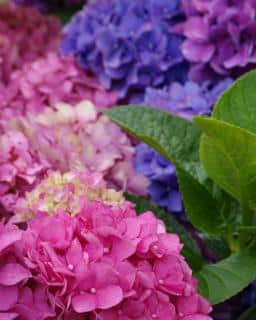
Caring for indoor hydrangea
- Choose a rather cool and well-lit spot, but not in direct sunlight.
- If the temperature exceeds 70° F (21° C), the plant may stop blooming.
- Water so that the soil mix always stays moist but without drowning the roots.
After flowering, what are the options?
- If you don’t wish to plant it outdoors in the ground, don’t plan on keeping it, it won’t bloom again.
- What’s best is to plant it directly in the ground in good heath soil towards April or May and it will bloom again the following year.
- With the pot-in-pot technique, you can coax it into blooming again. Conveniently, you can transfer it back indoors in fall while it’s still flowering!
Pruning and caring for hydrangea
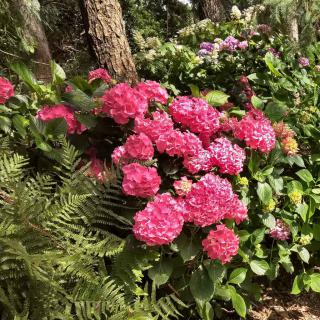
- After flowering, remove wilted flowers regularly (deadheading).
- Prune hydrangeas after freezing is over, in March.
Good idea: keep a few flowers on the shrub; they’ll dry out and make fantastic dried-flower bouquets for Christmas.
- For further guidance, refer to our page on pruning hydrangea.
Let’s hear the advice of Hubert Buquet
Master Gardener in the renowned Valloires Gardens, in France
Diseases and parasites that attack hydrangea
Hydrangeas are rather sturdy, but there are a few weak points that open the door to diseases.
If white balls appear along the stems, you are certainly facing an invasion of hydrangea scale insects.
If whitish felt covers the underside of leaves, it is surely an attack of powdery mildew.
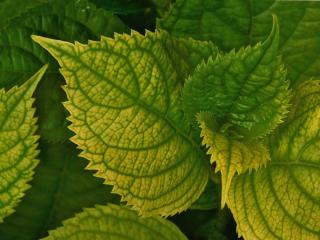
This is a form of chlorosis.
- To correct this, fertilize the soil with special hydrangea fertilizer. Additionally, spread as much heath as possible onto the surface of the soil. Mulch with pine bark to reduce pH a bit.
Spots appearing on hydrangea leaves might result from a Septoria infection. Hydrangea is one of the plants septoria infects.
- Learn all about Septoria and how to treat this fungal disease.
Types of hydrangea
Hydrangeas differ in so many ways! For one thing, there are nearly 80 classified species, and each has hundreds of cultivars or varieties. Those most commonly found in gardens are shown here:
- Hydrangea macrophylla – also called bigleaf hydrangea
- Hydrangea petiolaris – a wonderful climbing hydrangea
Every year, new hydrangea varieties appear that are always more unique!
All there is to know about hydrangea
They are found in most gardens and appear almost all over the planet.
Native to Asia, they generally bloom from the beginning of summer to the end of fall.

The more acidic the soil, the bluer the flower. Any hydrangea planted in pure heath will almost certainly bear stark blue flowers. Liquid-form aluminum sulfate will also help your hydrangeas’ flowers to turn blue. Lastly, another great way to turn your hydrangea blue is to apply slate mulch, which naturally releases alumina.
Pink to red are the colors for more neutral or chalky soils. If you want to turn your hydrangea from blue to pink, try adding shale mulch.
If you wish to decorate a north-facing wall, train a climbing hydrangea.
Smart tip about hydrangea
Add organic fertilizer for heath plants or for hydrangeas every year to boost blooming.
Although the fertilizer isn’t mandatory, it will dramatically increase flower quality and enhance the bluish hue of the hydrangeas.


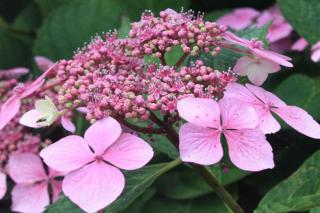
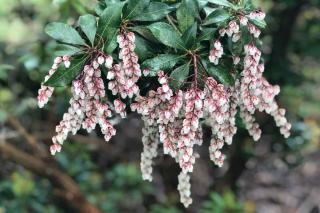
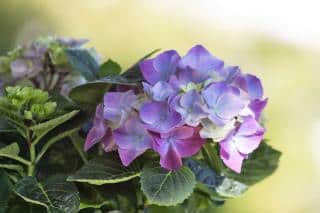
I have a question
Ask my questionI'd like to comment
Post a commentNo comments yet – be the first to share your thoughts!